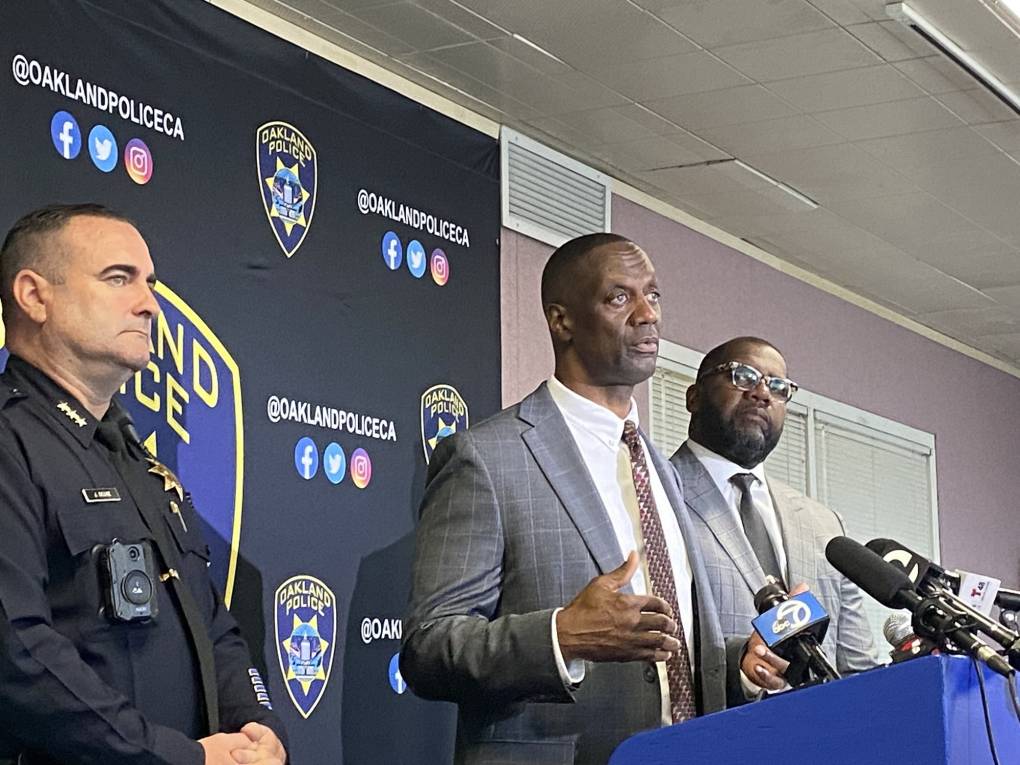After Oakland was given a year to improve its struggling 911 dispatch system or risk losing state funding, Mayor Sheng Thao said she believes it could meet the mandated response standards in 2025 — at least a year and a half later.
The warning from California’s Office of Emergency Services came in July 2023, as Oakland’s 911 dispatch program was plagued by reports of slow response times, overworked employees and high vacancy rates in recent years. On Thursday, Thao reported that although the Oakland Police Department’s response rate is still significantly below California standards, it is increasing staffing and making the first major upgrade to its computer-aided dispatch in decades.
“We are only going to see our call times actually improve,” Thao said at a press conference on Thursday. “They’ll be a positive impact, that 51% [of calls answered in 15 seconds] will increase. And, of course, our goal is to meet the state standard.”
Cal OES mandates that 90% of dispatch calls be answered within 15 seconds and 95% within 20. Oakland’s rate of 15-second answers was recently as low as 37% before rebounding to around 51%.


